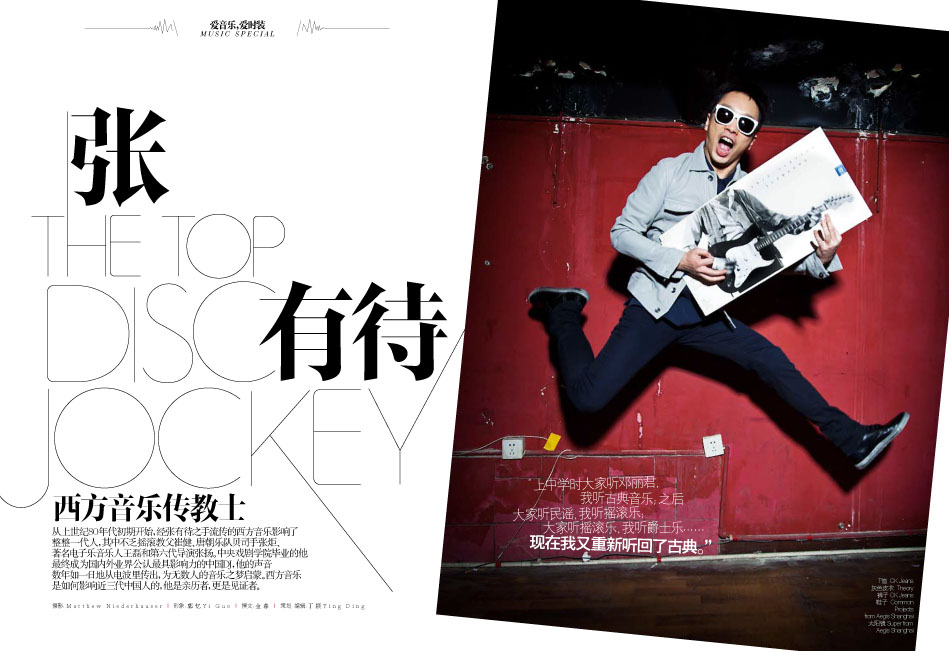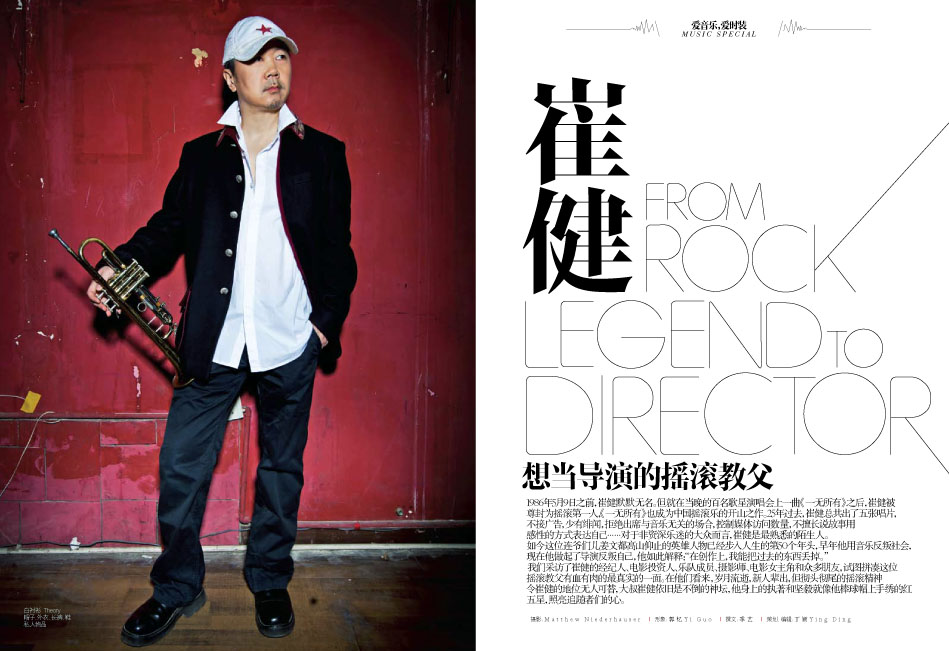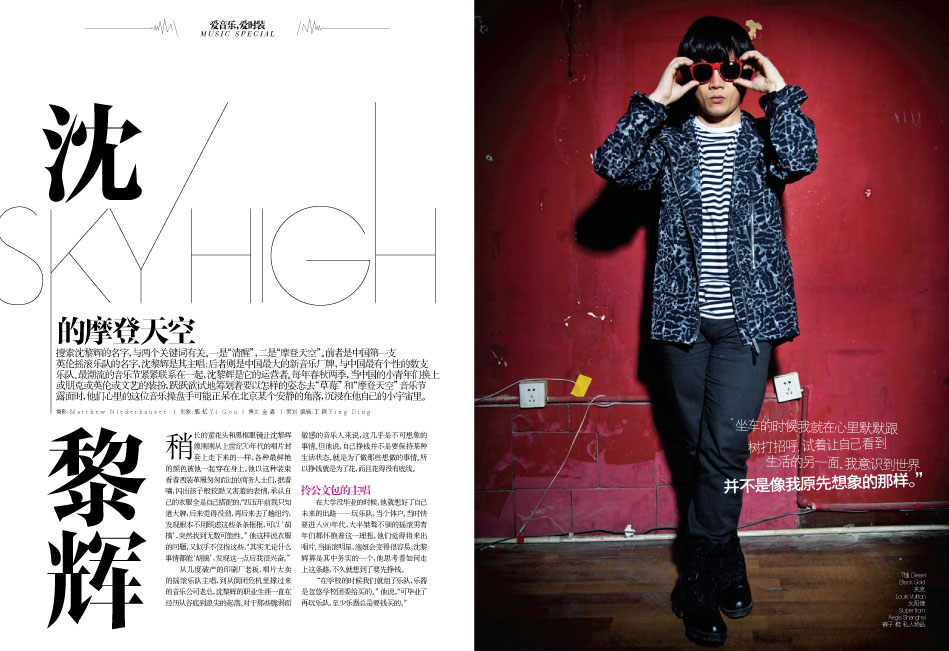Jan 26, 2012 | Counterfeit Paradises, Society, Travel
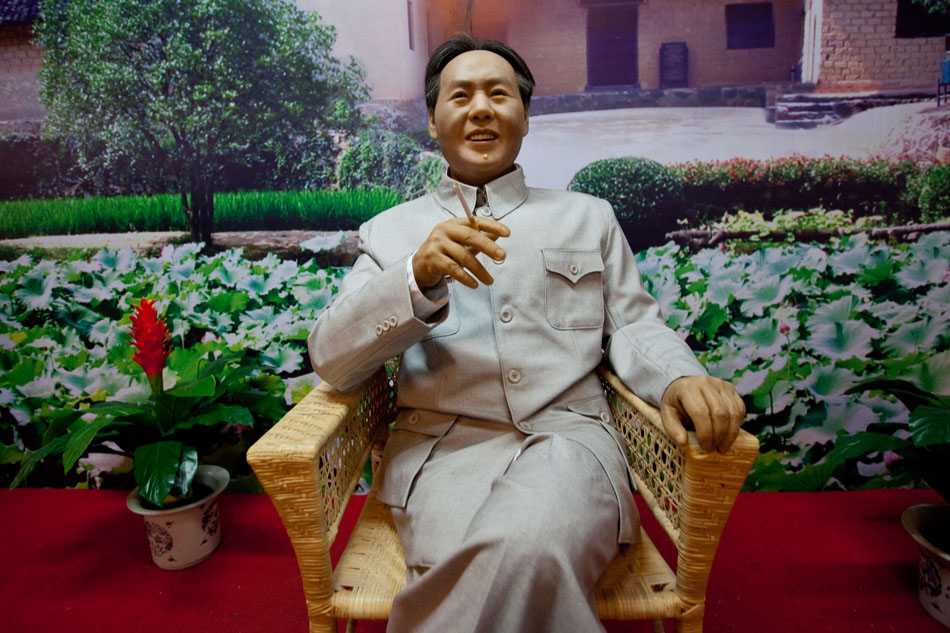
This is the second of a series of posts detailing the bourgeois practices of nouveau-riche, communist-heritage pilgrims who possess expectations and consumer desires that seem at odd with the core ideologies of the founding fathers of the Chinese Revolution. Armed with cash and a new sense of leisure, most of these fledgling tourists first make their way to Shaoshan/韶山, the birthplace of Mao Zedong. A slew of “red” products and trinkets are available around every corner even in the face of sincere reverence for founding Chinese Communist Party leaders that borderlines on idolization. Elderly tourists kowtow to statues of Mao Zedong while company retreats sing “red” songs and pledge oaths. These blind followers make easy prey for egregious tourist traps such as the Shao Yue Palace Maoist Family History Show, where attendants usher punters into Mao Zedong veneration halls, hand out lucky ornaments, ask them to bow to a Mao Zedong statue three times and then try to charge them for the “blessed” ornaments. Some estimate the value of the entire “red” industry at $1.5 billion dollars and Mao Zedong’s hometown is at the epicenter. Also check out the last post in the series on “The Defense of Yan’an” reenactment.
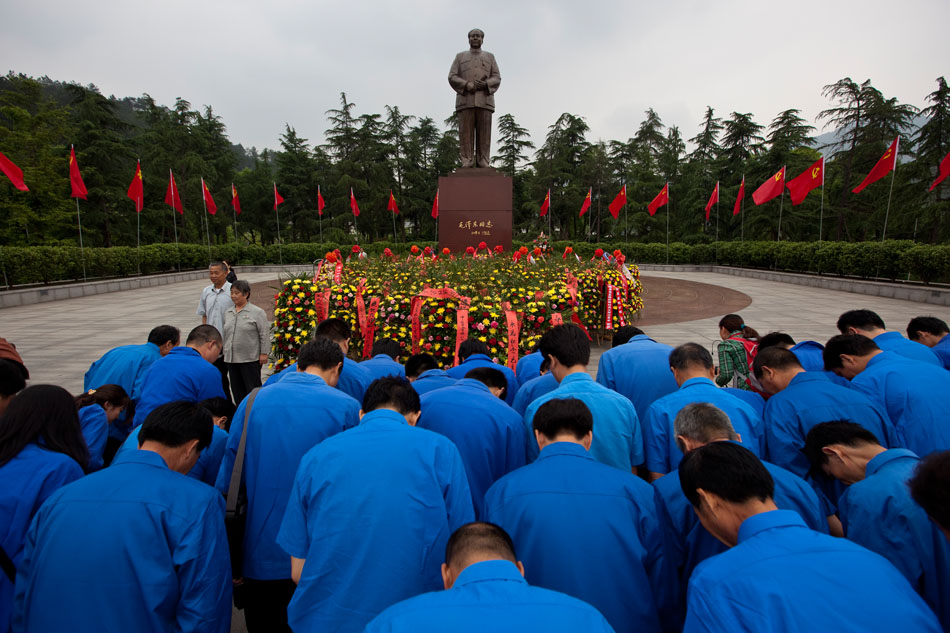
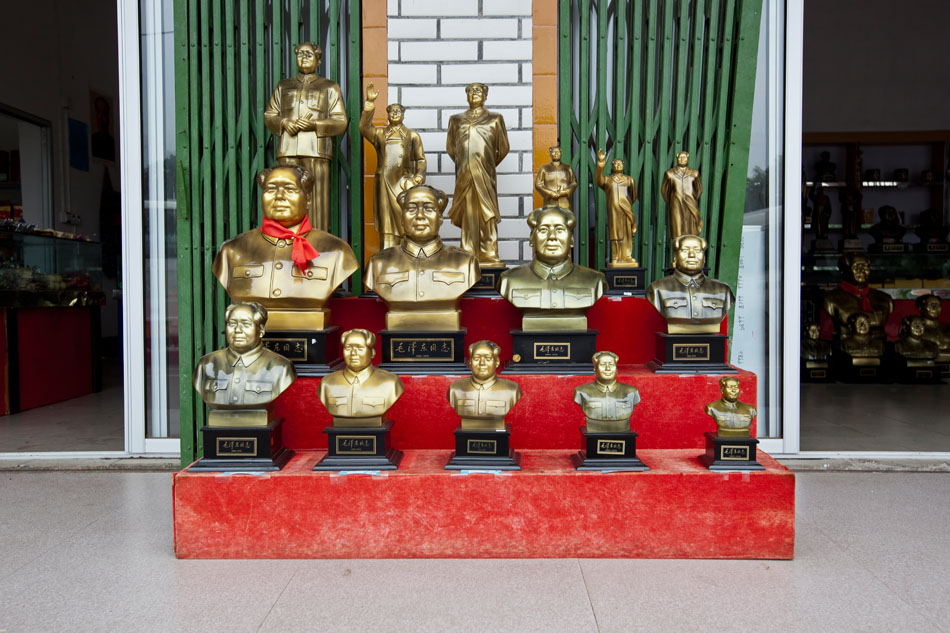
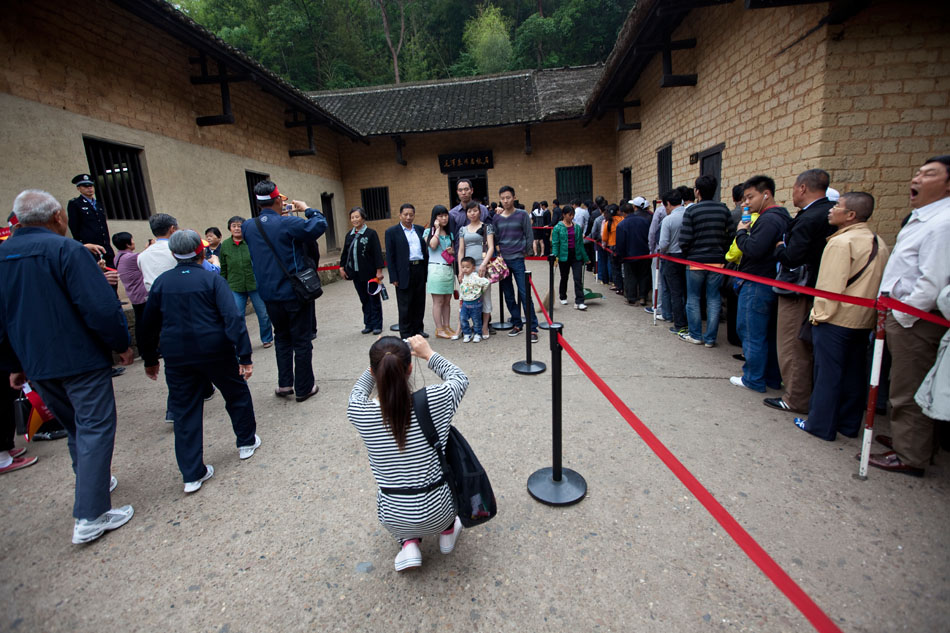
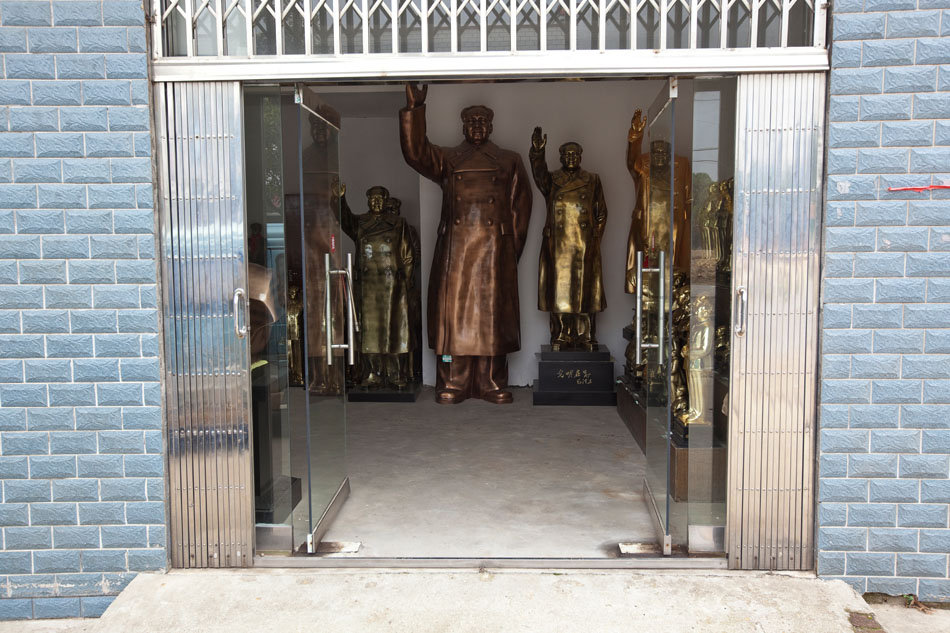

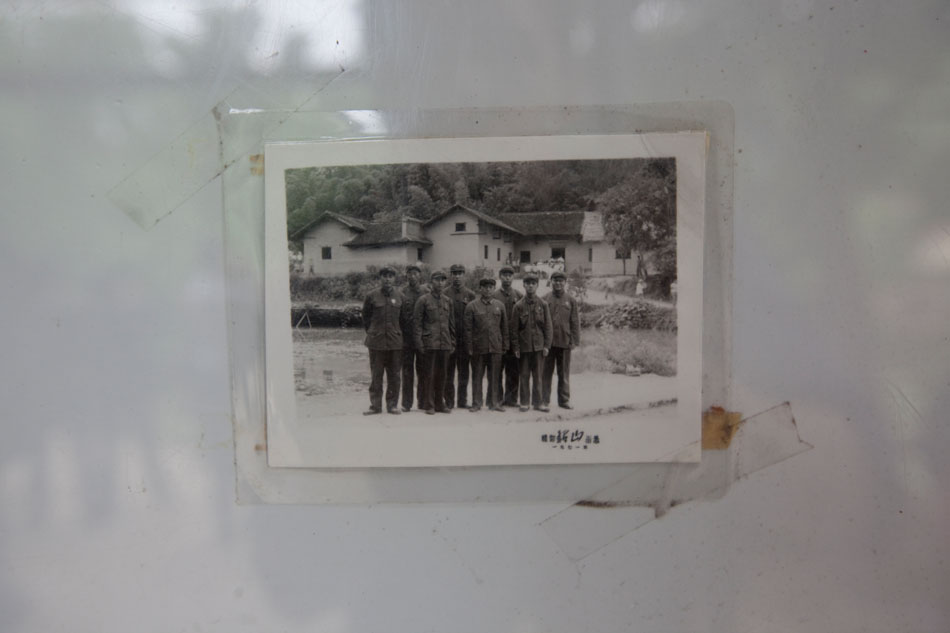
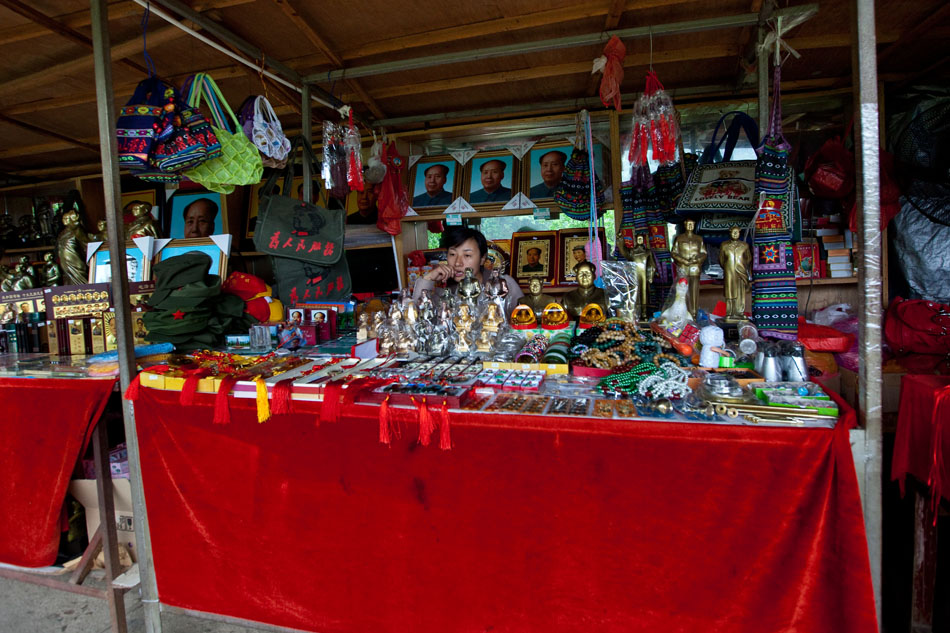
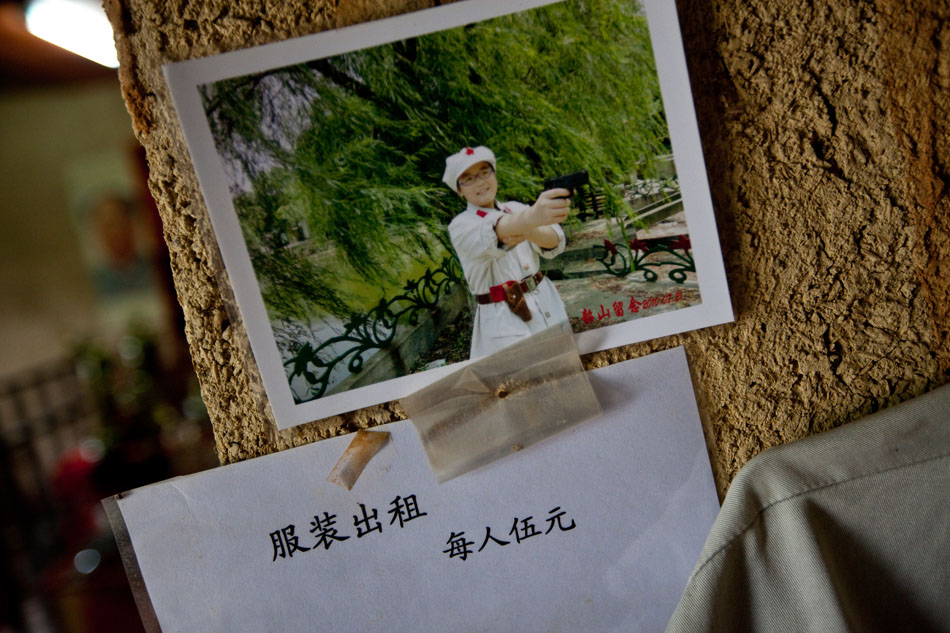
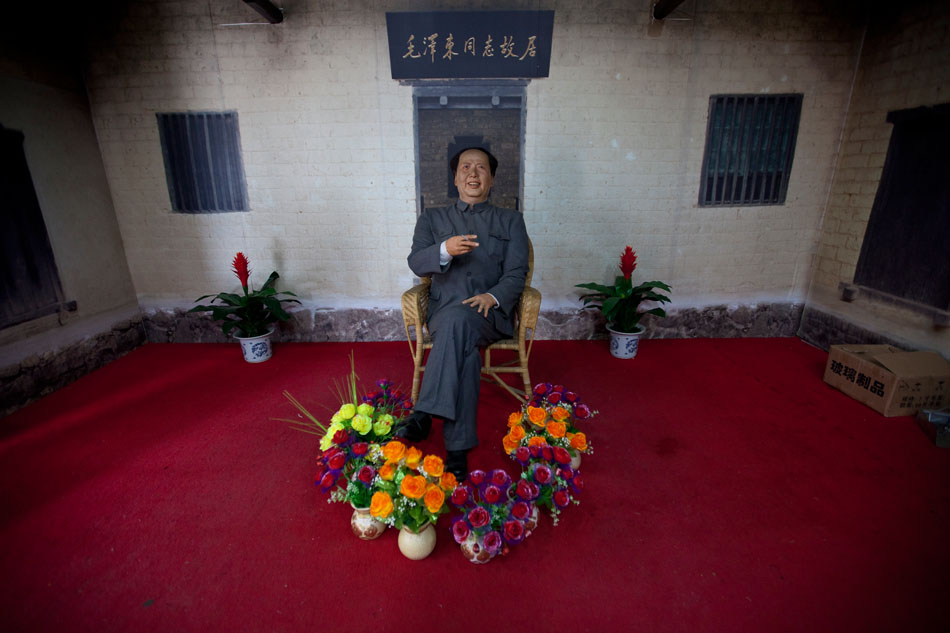
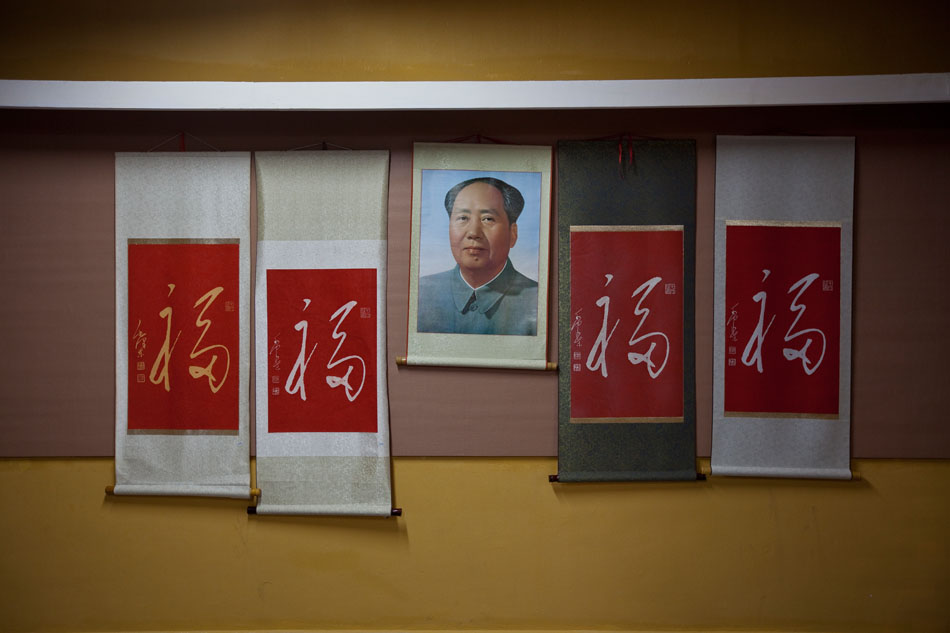
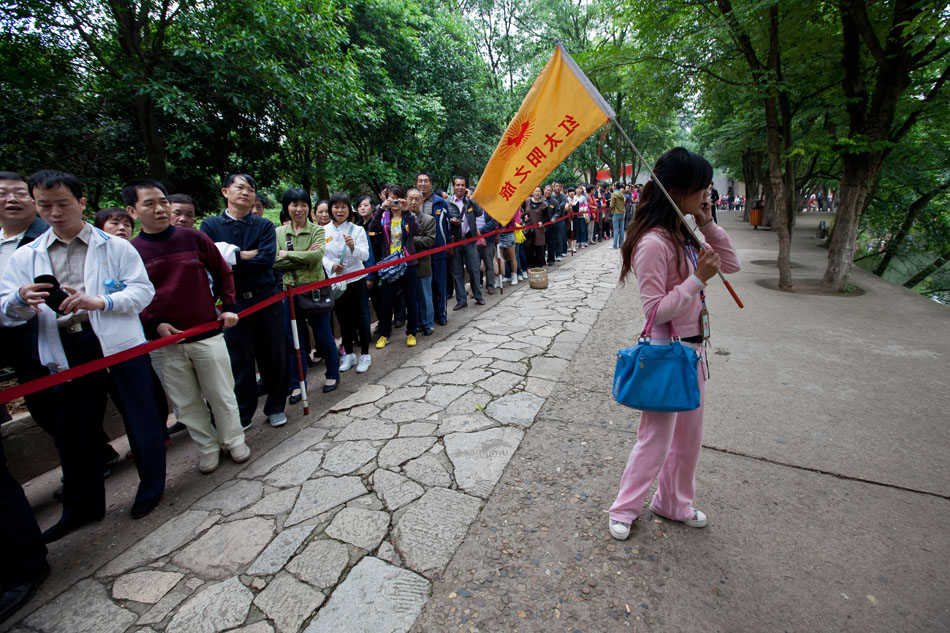
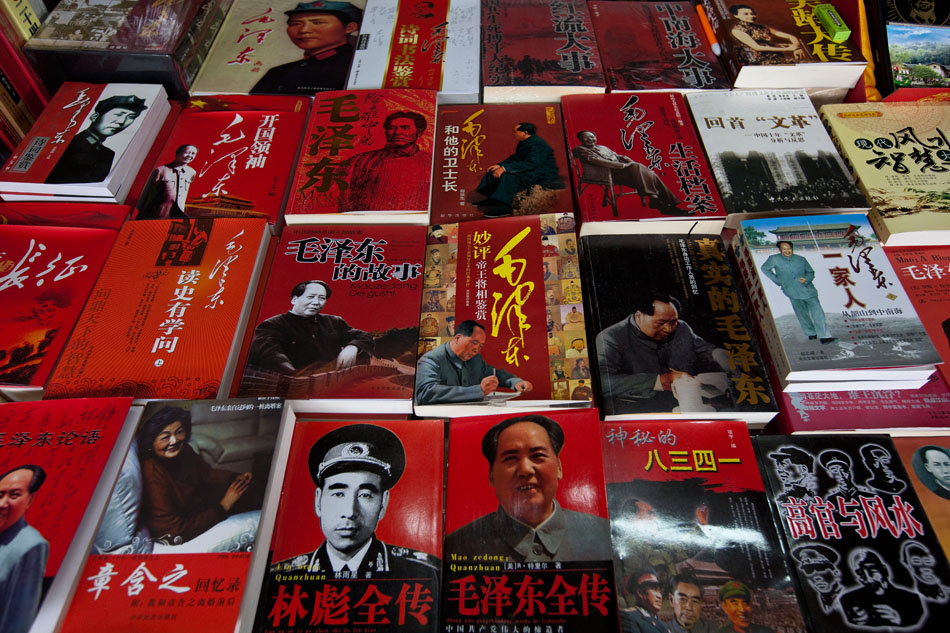
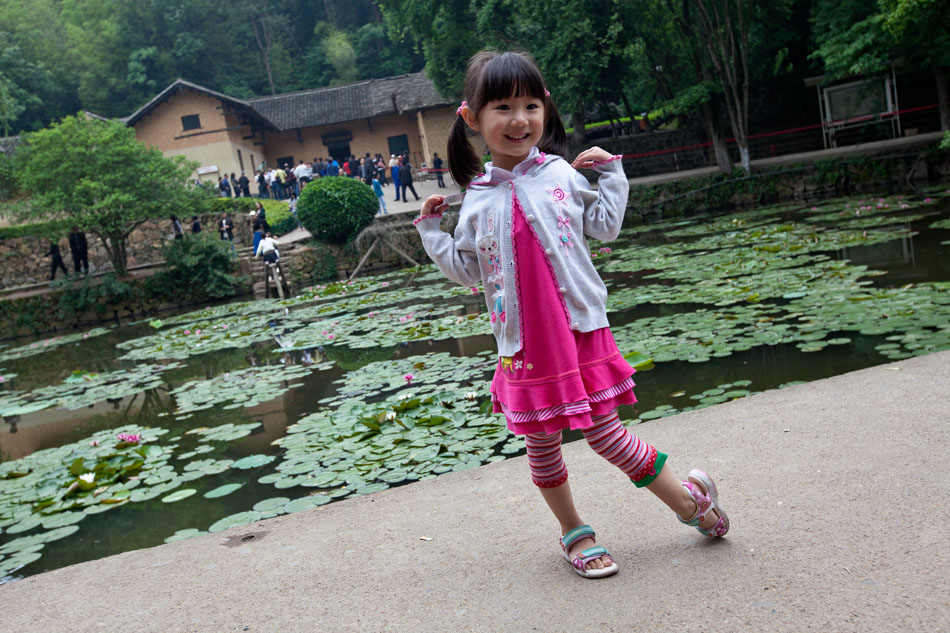
Oct 30, 2011 | Counterfeit Paradises, Society
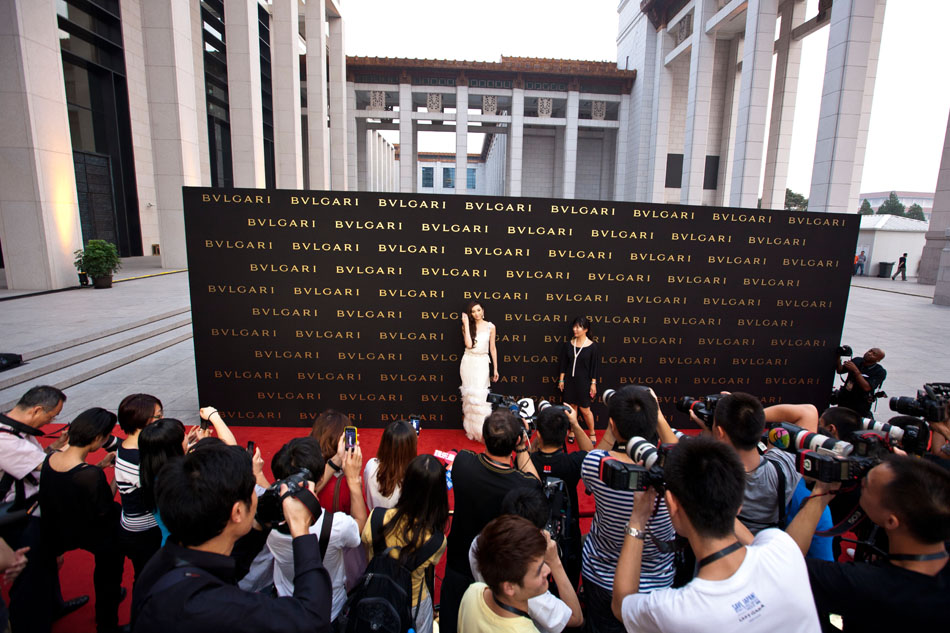
After a four-year, $380 million refurbishment, the National Museum of China finally opened its doors to the public as the largest exhibition space on the planet, beating out both the Louvre in Paris and the Hermitage in St. Petersburg. Even though now touted as one of the world’s premiere cultural institutions, it has failed to impress either international or domestic visitors with it’s shrill depiction of the history of the Chinese Communist Party in its centerpiece “The Road of Rejuvenation” exhibition. Key epochs such as the Great Leap Forward and Cultural Revolution are left out of its glossy displays and poorly translated placards. Still, such a propagandistic history of modern China was expected in the first place. What really shocked many visitors was the blatant commercialization of the National Museum of China within its first two design exhibitions: “Louis Vuitton Voyages” and “Bulgari: 125 Years of Italian Magnificence.” Museum directors claim such exhibitions are revitalizing interest in the space, but it is more a sellout at the heart of the nation a stone’s throw from Mao Zedong’s tomb. Critics remain baffled as to how such a key cultural institution could blatantly promote such crass consumerism, especially surrounding the 90th anniversary of the Chinese Communist Party which was also linked to an exhibition of historical paintings adjacent to vintage Louis Vuitton trunks and sparkling Bulgari jewels. Such opulent items stand counter to the core ideologies of the founding fathers of the Chinese Communist Party celebrated a short distance away, as well as the core mission of the museum itself that is purportedly dedicated to promoting Chinese culture instead of foreign luxury brands. These photographs juxtapose the “The Road of Rejuvenation” and “Masterpieces of Modern Chinese Fine Arts” exhibitions advocating the socialist roots of the Chinese Communist Party with the champagne-fueled openings of the “Louis Vuitton Voyages” and “Bulgari: 125 Years of Italian Magnificence” exhibitions. Such paradoxes stand at the center of the Chinese Communist Party’s attempts to rectify its embrace of rampant free-market consumerism with its socialist heritage.
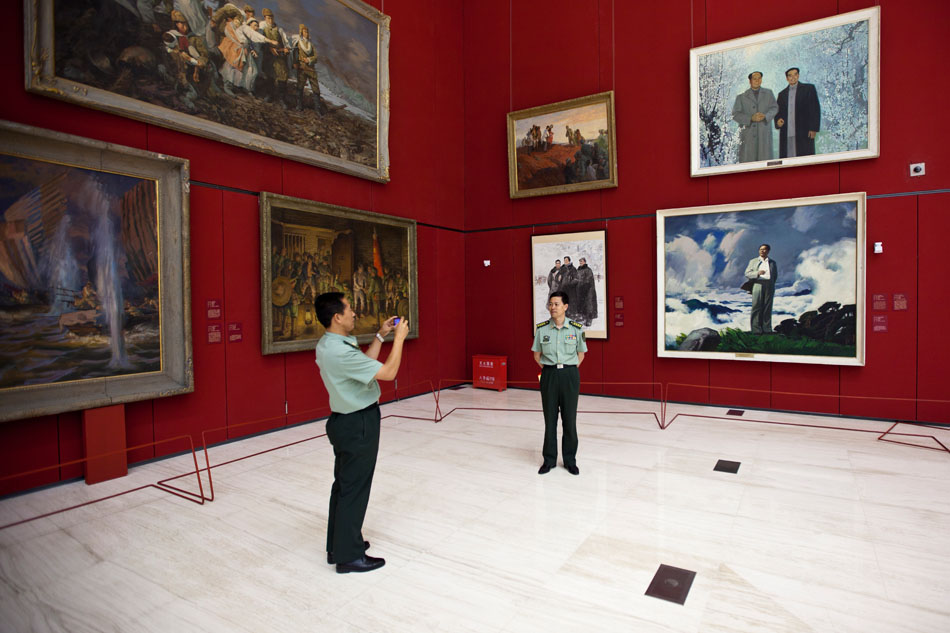
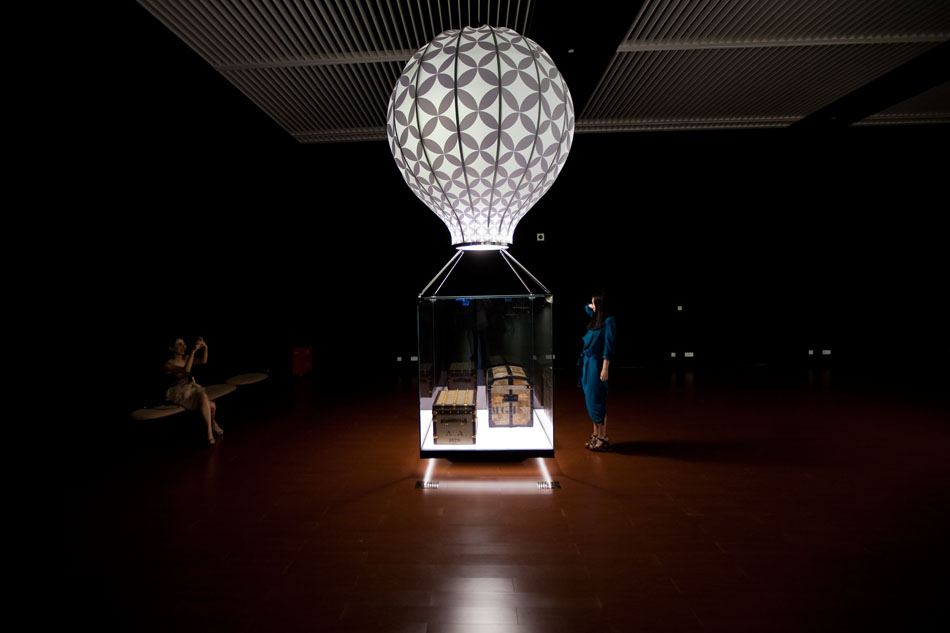
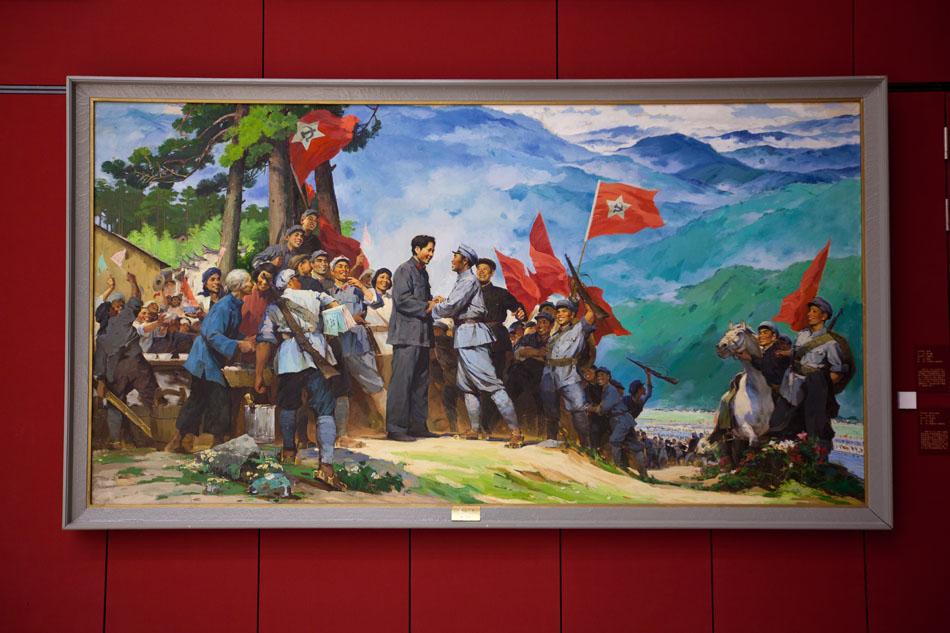

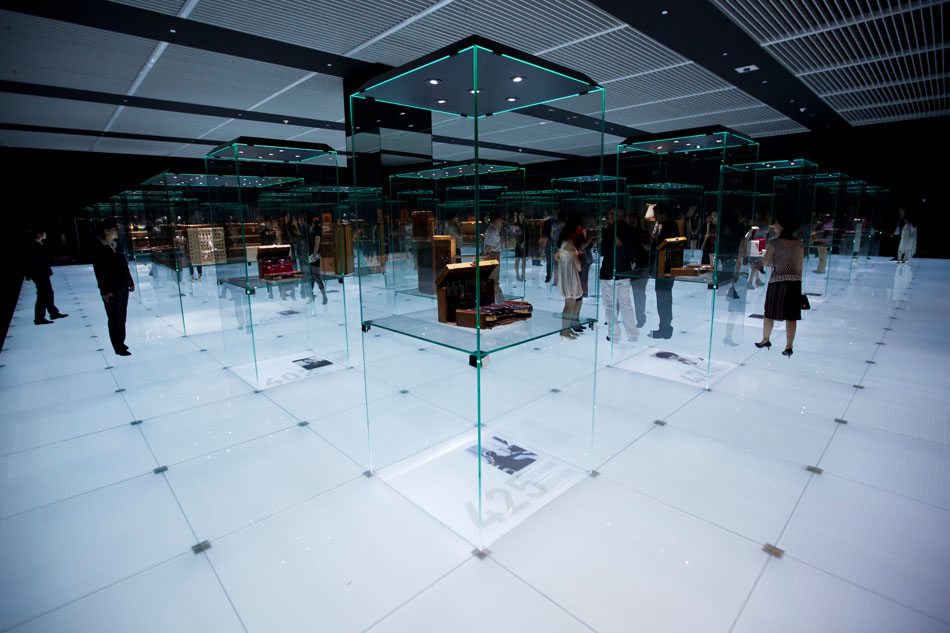
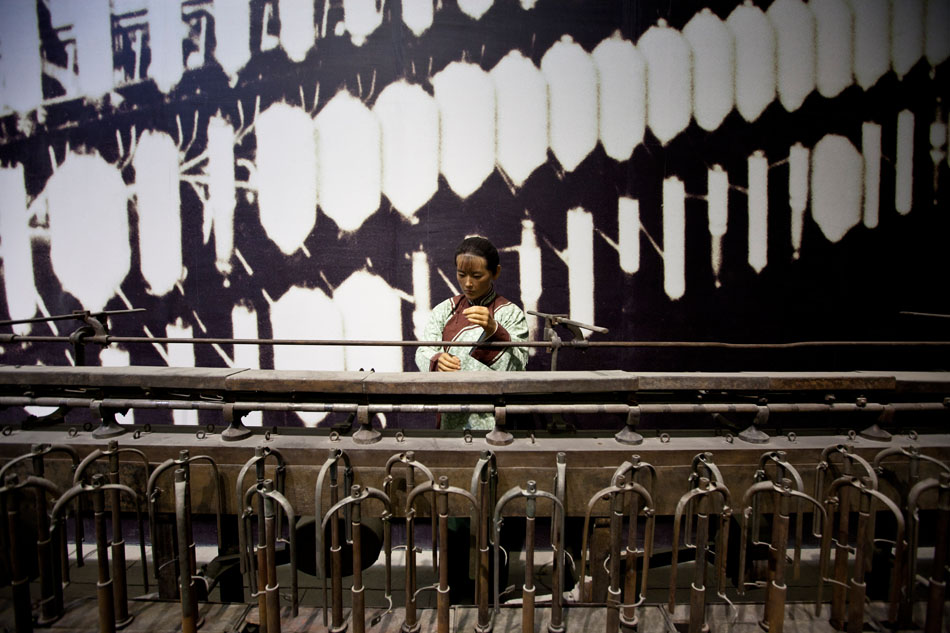


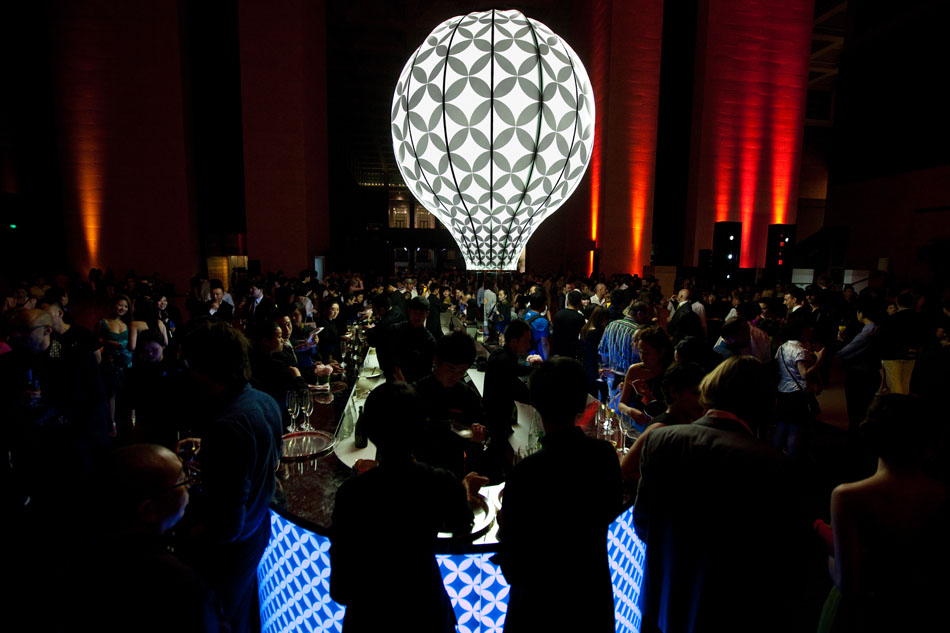

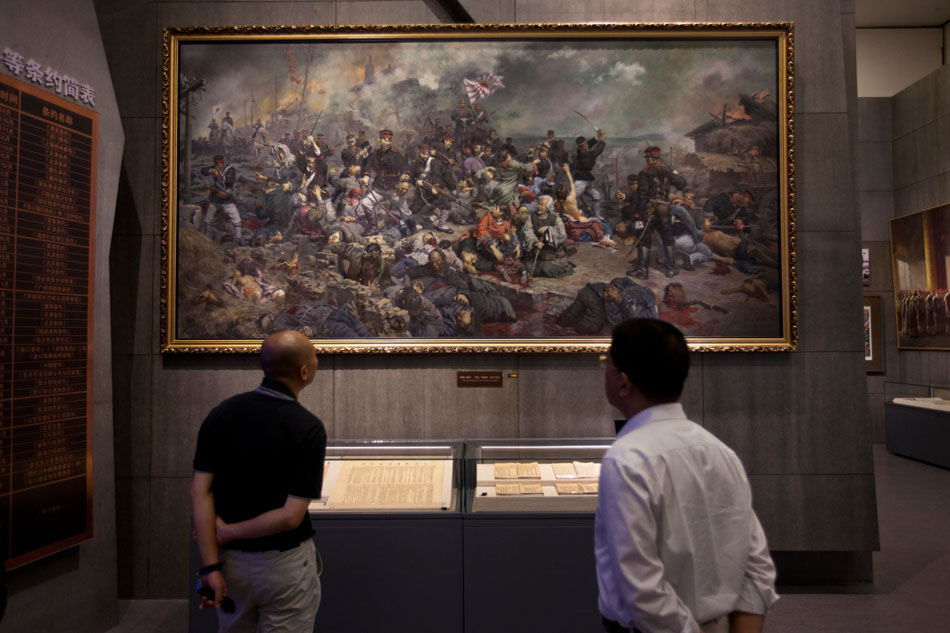


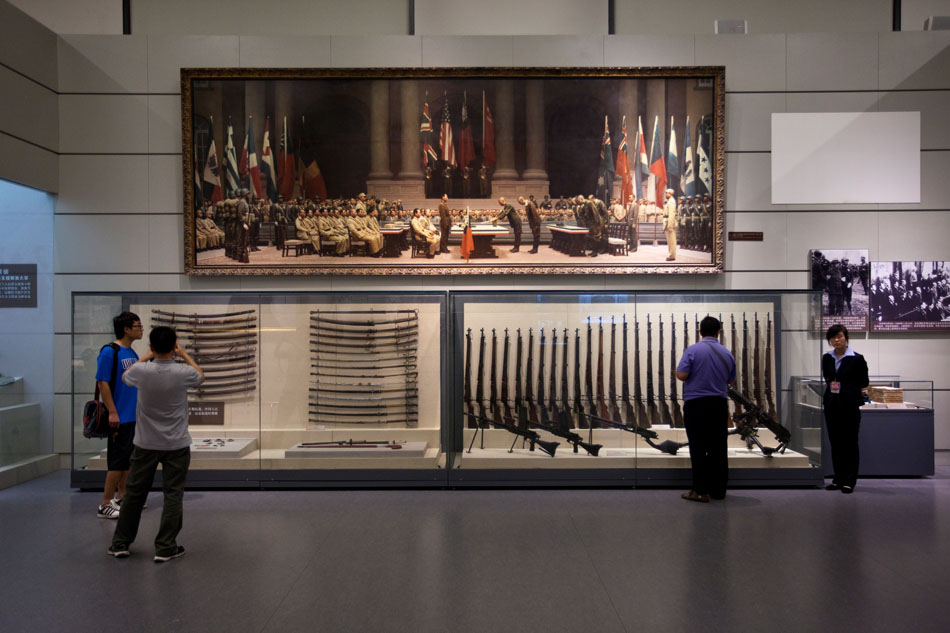
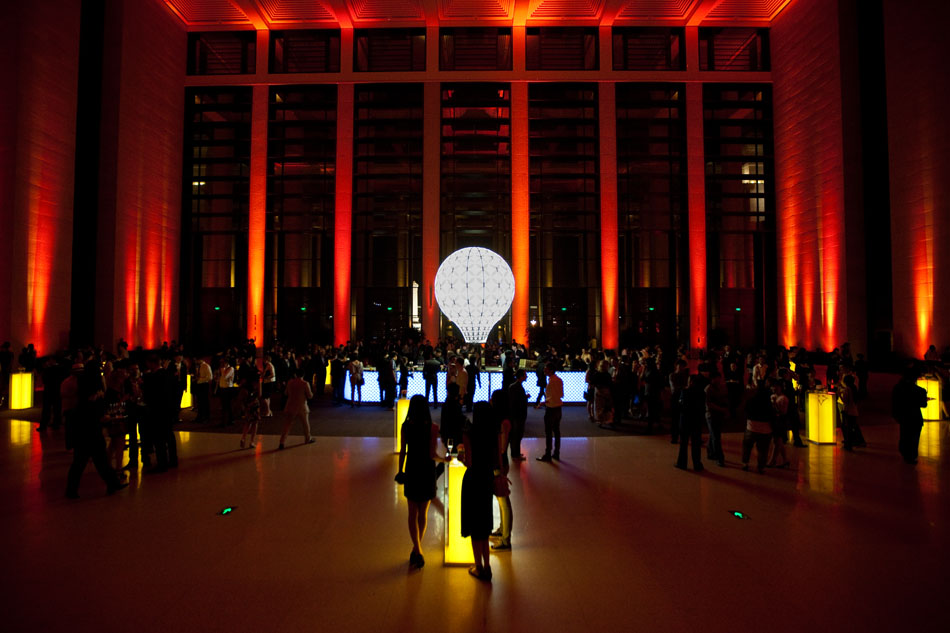
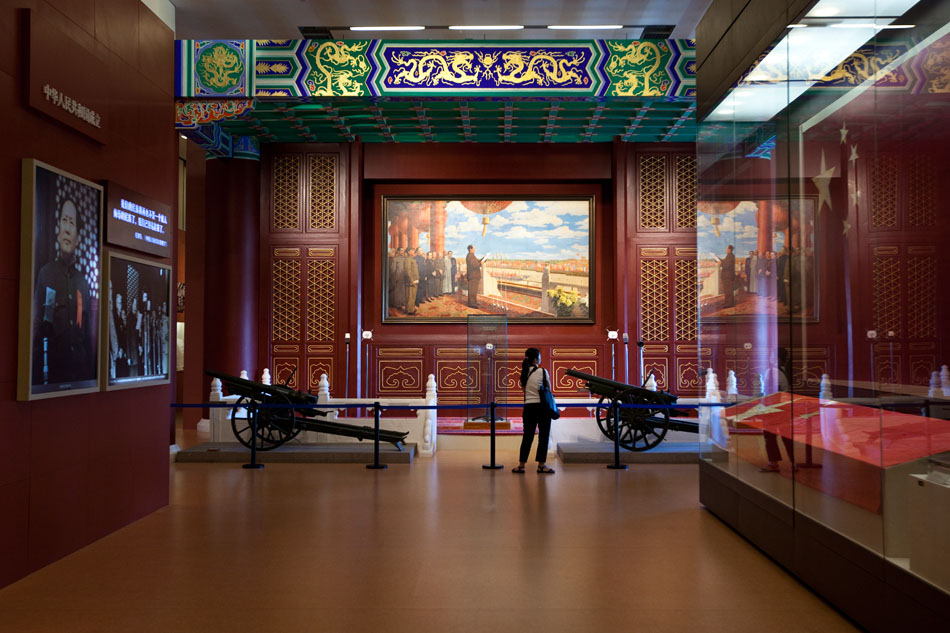

May 29, 2011 | Clippings, Fashion, Music, Portraits
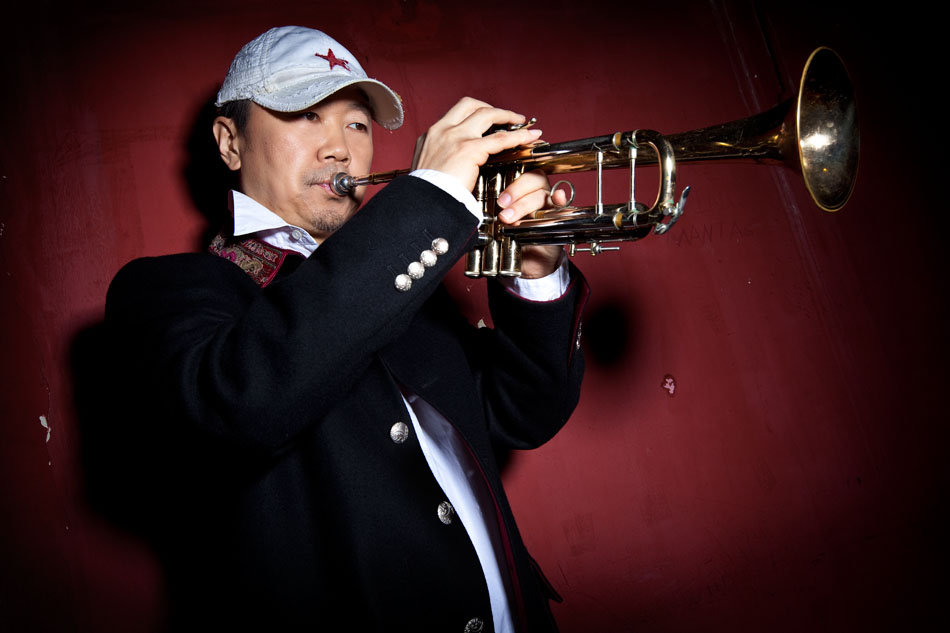
Thanks to my new friend Alex Chao, who just arrived in Beijing to take over art direction at China Vogue, I was able to contribute for the first time to China Vogue this month. It was also a perfect match since the magazine was running a big music issue and decided to let me cue up on some of the old school rockers in China including Cui Jian/崔健 (the godfather of Chinese rock), Shen Lihui/沈黎辉 (general rocker and founder of Modern Sky) and Zhang Youdai/张有待 (the DJ who introduced rock to the masses). First of all, I was very excited to get a chance to shoot Cui Jian on the D-22 red wall. He really is a pillar in the history of Chinese rock and greatly influenced a whole generation of China with his anthem “Nothing to My Name” which became a rallying song for students in China during the 1980s. Although I might not be the biggest fan of some of Shen Lihui’s music, his importance as the founder of the Modern Sky music label and festival production company is undisputed. When other record companies refused to release his music in 1997, he went his own way and founded Modern Sky to support a new generation of Chinese rockers and then continued to take this music to larger audiences with the Modern Sky Music Festival and Strawberry Music Festival. Shen Lihui will undoubtably be a force in the future of alternative music in China for some time to come. Although I had never heard of Zhang Youdai before, he seems to be an instrumental character in the history of rock in China as well. He became a DJ and host on Beijing Music Radio back in 1993 and introduced a wide range of music to youth across China. He is a true shaker in China’s emerging entertainment market and is rocking out to an Eric Clapton LP in the China Vogue portrait. Mad respect.
